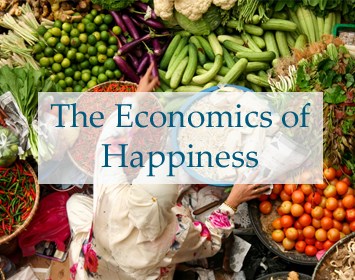Inauguration 2017 Special Coverage w/ Angela Davis, Naomi Klein, Ralph Nader & More
Menu

Special coverage in the Trump Era
From Public Citizen's Corporate Presidency site: "44 Trump administration officials have close ties to the Koch brothers and their network of political groups, particularly Vice President Mike Pence, White House Legislative Affairs Director Marc Short, EPA Administrator Scott Pruitt and White House budget director Mick Mulvaney."
Dark Money author Jane Mayer on The Dangers of President Pence, New Yorker, Oct. 23 issue on-line
Can Time Inc. Survive the Kochs? November 28, 2017 By Jane Mayer
..."This year, among the Kochs’ aims is to spend a projected four hundred million dollars in contributions from themselves and a small group of allied conservative donors they have assembled, to insure Republican victories in the 2018 midterm elections. Ordinarily, political reporters for Time magazine would chronicle this blatant attempt by the Kochs and their allies to buy political influence in the coming election cycle. Will they feel as free to do so now?"...
"Democracy in Chains: The Deep History of the Radical Right’s Stealth Plan for America" see: our site, and George Monbiot's essay on this key book by historian Nancy MacLean.
Full interview with The New Yorker’s Jane Mayer March 29, 2017, Democracy Now! about her article, "The Reclusive Hedge-Fund Tycoon Behind the Trump Presidency: How Robert Mercer Exploited America’s Populist Insurgency."
Democracy Now! Special Broadcast from the Women's March on Washington
The Economics of Happiness -- shorter version
Local Futures offers a free 19-minute abridged version of its award-winning documentary film The Economics of Happiness. It "brings us voices of hope of in a time of crisis." www.localfutures.org.
What's New?
December 12, 2012
Globalization deadly for Bangladeshi garment workers
People in Bangladesh and around the world are protesting working conditions in the garment industry, see: Clean Clothes Campaign (also source of quote above)
A fire in the Tazreen garment factory in Bangladesh on November 24, 2012, killed 112 workers and injured many more. Documents uncovered in the factory office showed production for Wal-Mart and other US chains.
See: Horrific Fire Revealed a Gap in Safety for Global Brands
(New York Times, Dec. 6, 2012)
This terrible and unnecessary fire is just the latest example of exploitation in the industry. See Democracy Now! report from March 25, 2011: 100 Years After Triangle Fire, Tragedy in Bangladesh and Anti-Union Bill in Wisconsin Highlight Workers’ Enduring Struggles: "On December 14th, 2010, just three months shy of the hundredth anniversary of the Triangle Shirtwaist Factory fire in New York, a fire broke out at the Hameem factory in Bangladesh on the outskirts of Dhaka."
Background: "Bangladesh is one of the most densely populated countries in the world, with more than 150 million people crammed into an area the size of Wisconsin. Its 60-million-member workforce is primarily made up of farmers—tea and rice are two important crops. Nearly 2 million workers, mostly women, are employed in ready-made garment factories, where production grew at double-digit rates throughout the 1990s, and many more work in export processing zones." -- Solidarity Center
"Bangladesh has been one of the main beneficiaries of the quota system of the Multi Fibre Agreement (MFA). The rise of the export-oriented Ready-Made Garment (RMG) industry has been a major result of trade liberalisation in Bangladesh. The industry currently employs 1.5 million workers, the majority of whom are women. It has been a major source of employment for rural migrant women in a country that has increasingly limited rural livelihood options, and where women migrants have been largely excluded from formal work in the cities" -- Garment workers in Bangladesh,
Gender and Trade website, Commonwealth Secretariat

